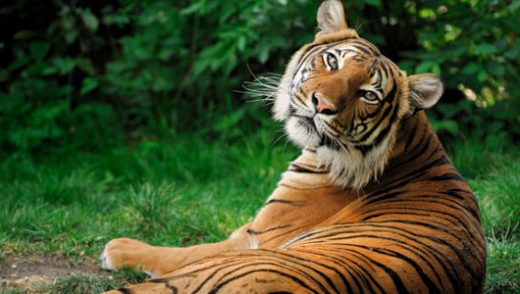
Meet the animal whose tongue is hard and rough enough to tear off one’s skin to the bones.
Tigers
The tiger’s tongue is covered with numerous small, sharp, rear-facing projections called papillae. These papillae give the tongue its rough, rasping texture and is designed to help strip feathers, fur and meat from prey. The tongue can lick the paint off a wall!.
- A tiger’s intimidating roar has the power to “paralyze” the animal that hears it and that even includes experienced human trainers. Their distinguished roar results from their extremely thick and well developed vocal cords.
- Tigers have furs and stripes as designs on their bodies. These stripes are deep into their skin as they can still be seen after the fur is shaved
No two tigers have the same stripes. Like human fingerprints, their stripe patterns are unique to each individual.
Credit : Quora
Picture Credit : Google





